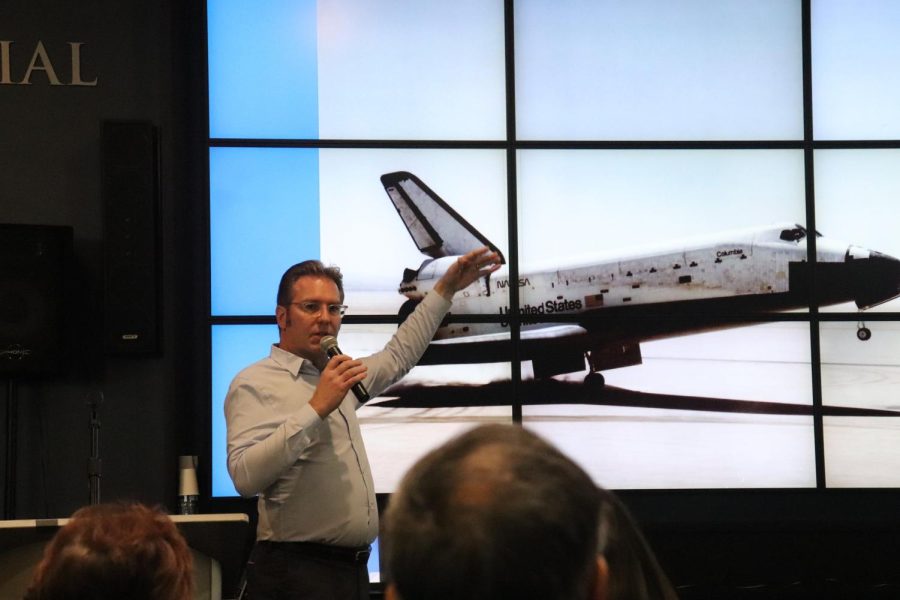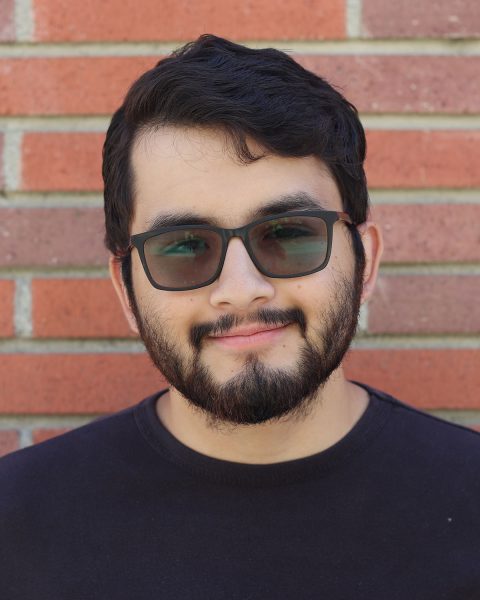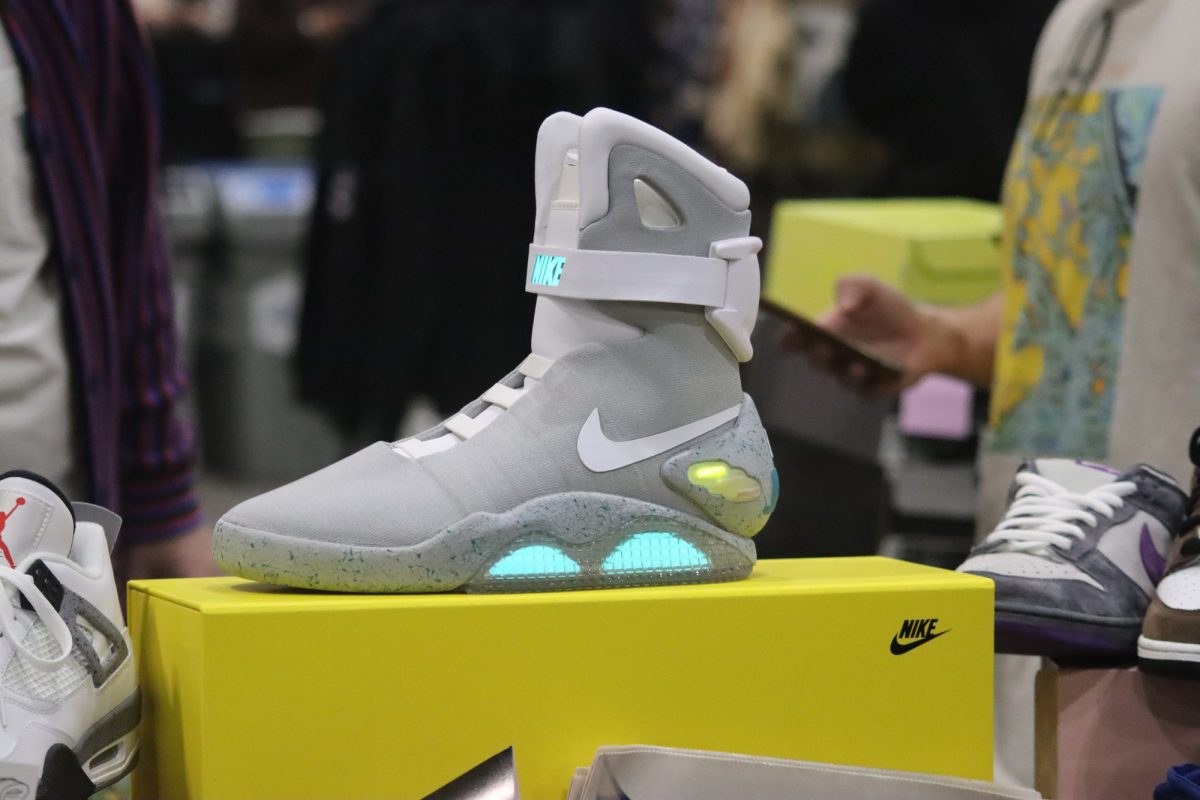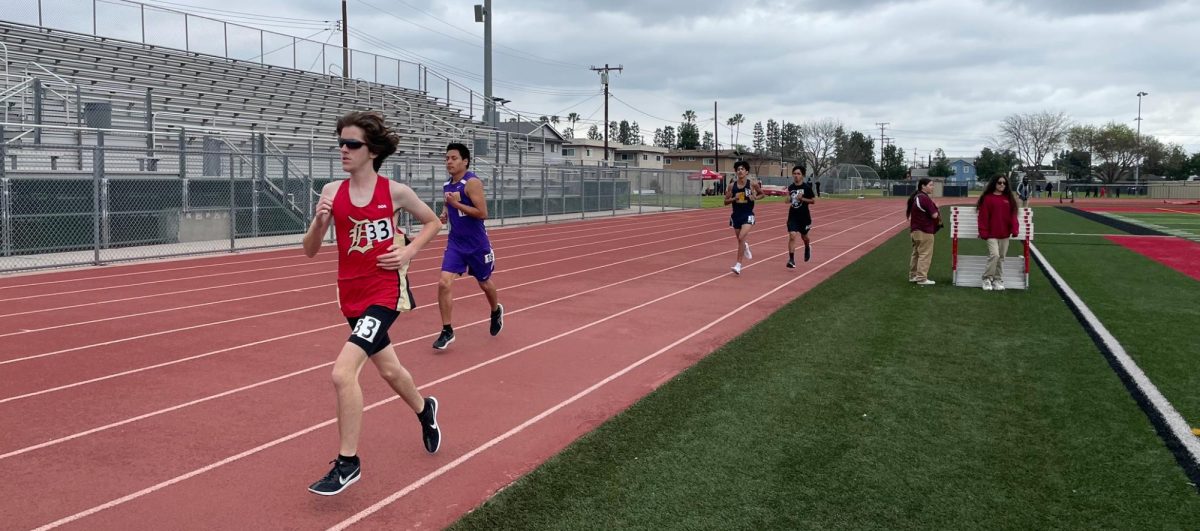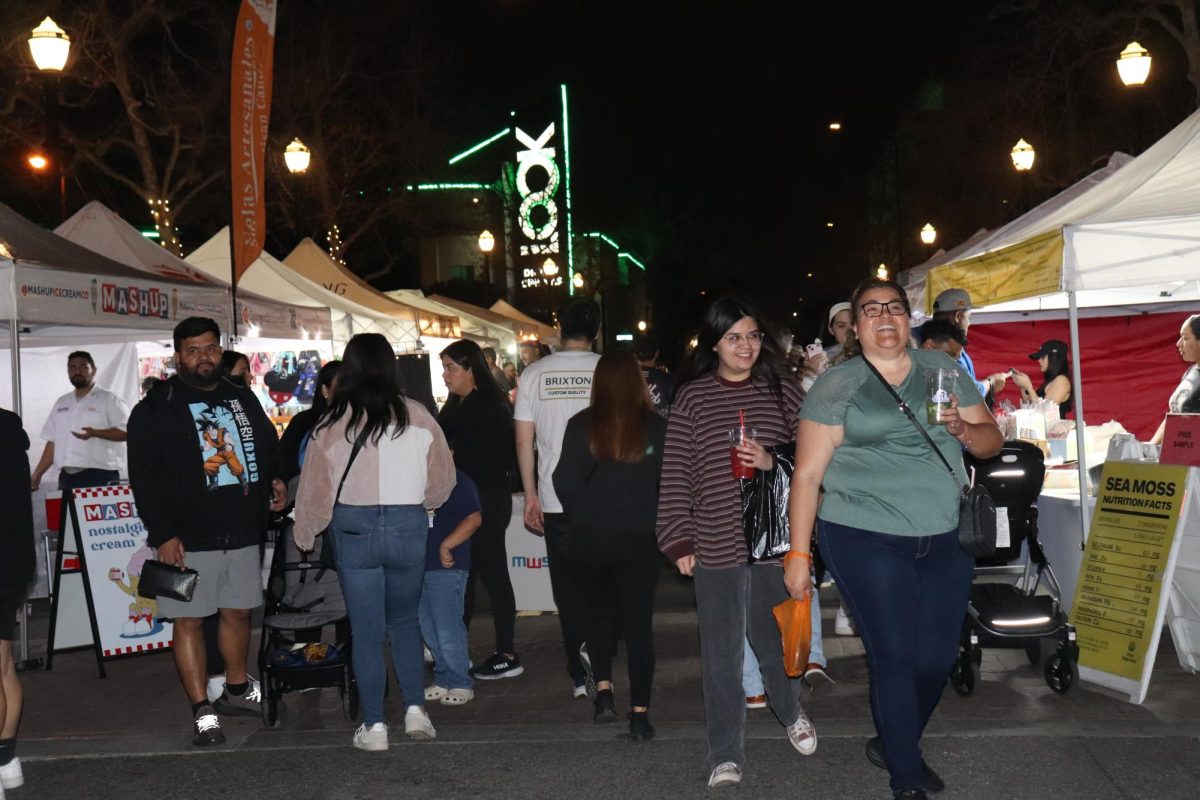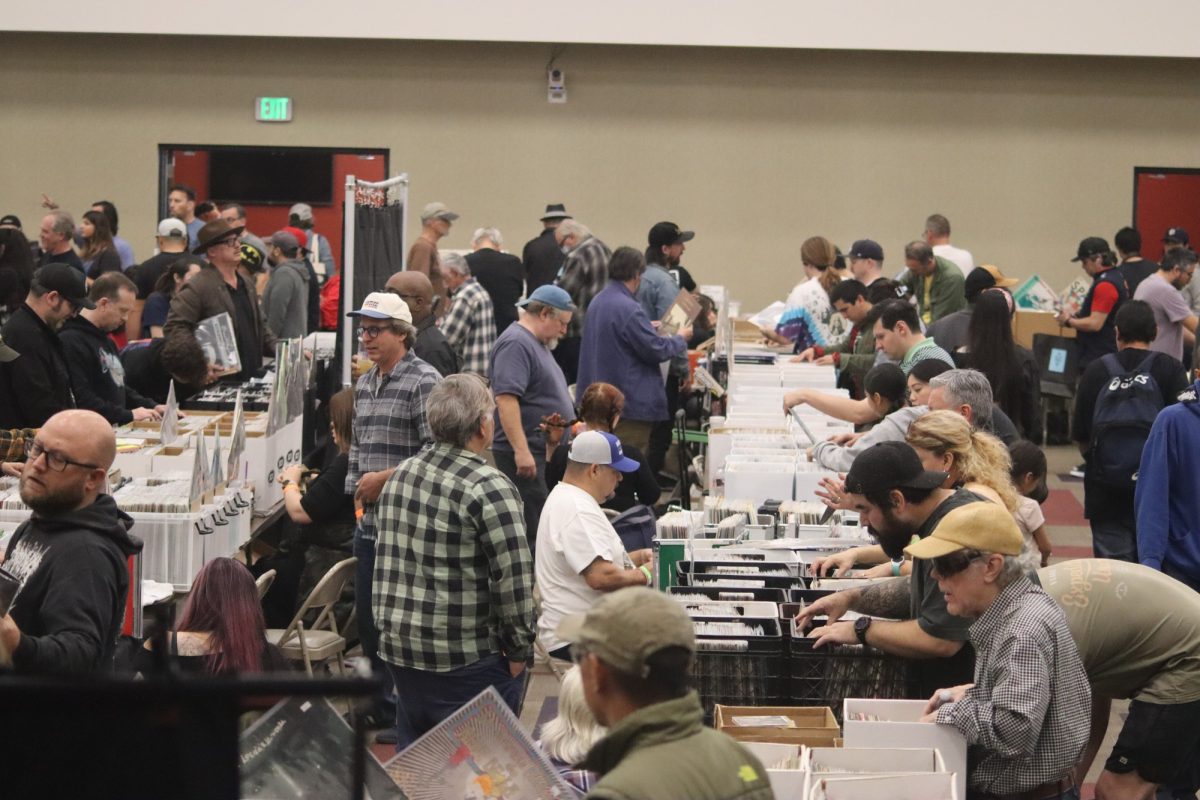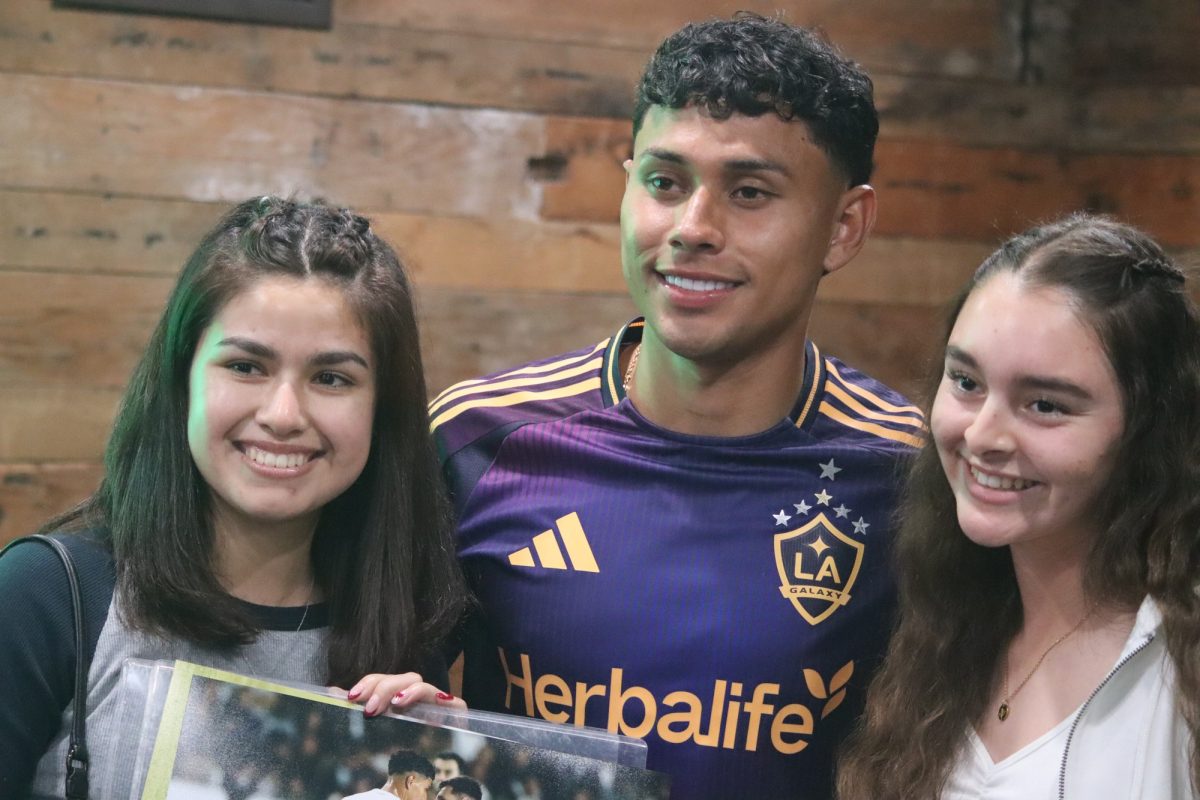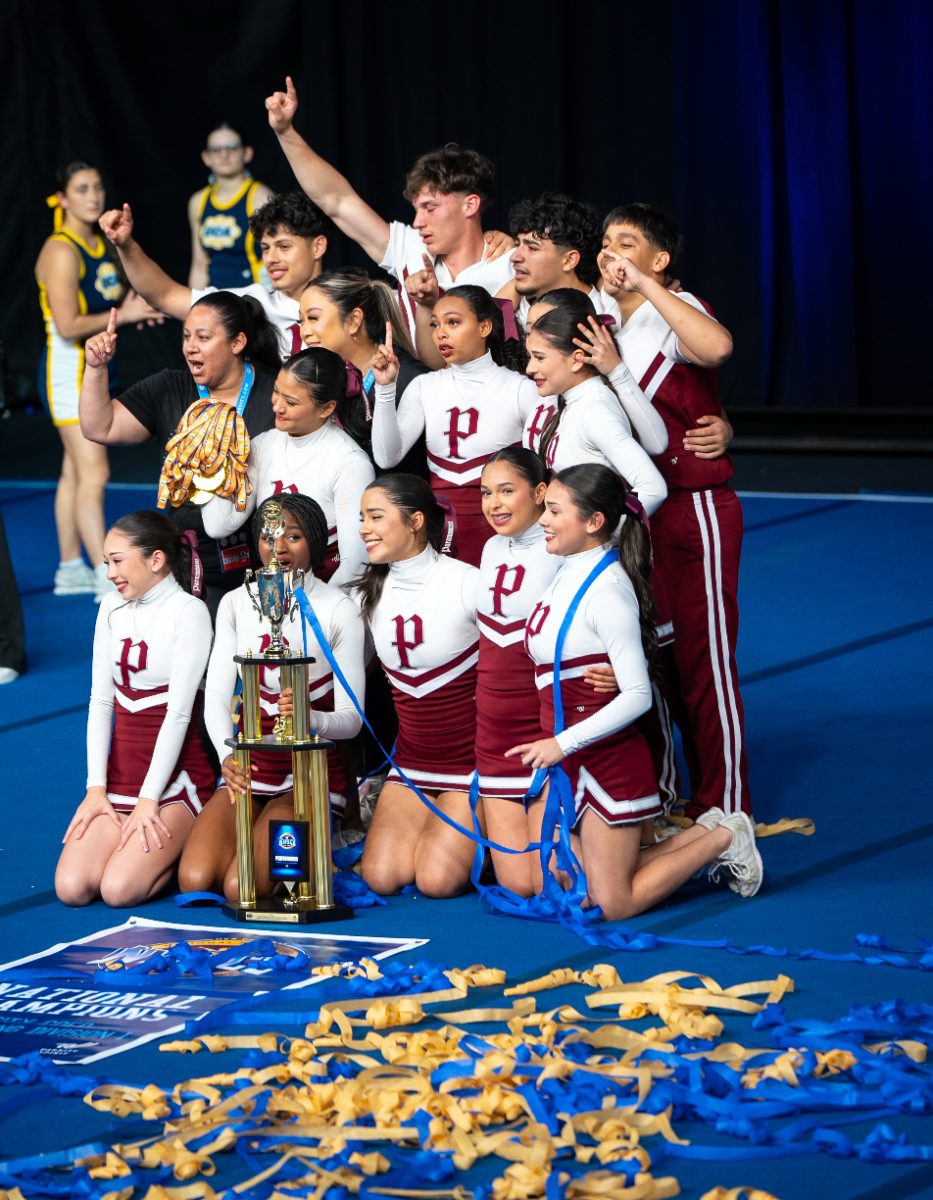The Columbia Memorial Space Center in Downey commemorated the 20th anniversary of the Challenger disaster on January 28th.
The center was host to a variety of controlled, paired-down experiments for the public to take part in, as well as a presentation by executive director Ben Dikow and Alphastar employee Tina Castillo.
While the center was built to serve a serious purpose, Dikow strives to ensure that visitors are not arrested by the tragedies of the past, but are rather moved to learn from them and apply those lessons to the future.
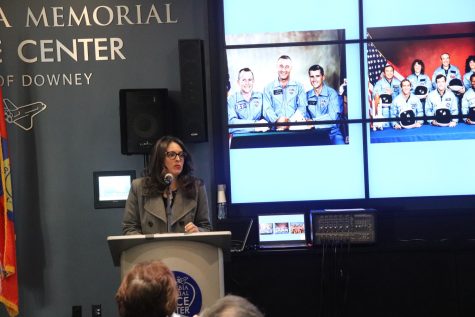
“The majority of our time here is spent on education, mostly kids, but also adults too,” Dikow said, “A very small part of it is dwelling on the past or anything.”
“We’re using the incredible history and the incredible knowledge base we have here,” the executive director added, “We’ve been able to create these awesome, hands-on programs and take them out to schools and community centers.”
The hour-long presentation on the unfortunate anniversary proved to be an extension of that mission statement.
Speaker Tina Castillo was clearly troubled by the tragic loss of life, she eagerly engaged in sharing the science she picked up from her time at NASA and related industries with a new generation.
“This is a baton, who wants to pick it up next?” Castillo said.
“Someone will be up here in twenty, thirty years talking about Mars, and that’s fantastic.”
Despite its humble origins in the low-key city of Downey, the Columbia Memorial Space Center’s ambitions remain grand.
Dikow and his team are eager to jumpstart any creative mind that comes through the door, be they scientist or otherwise.
“Our mission is to ignite communities of creative thinkers [and] it’s not important to me if everyone comes in here and becomes a scientist,” Dikow said.
“But what’s important is that they’re coming in here and exercising they’re creative muscles.”
Castillo would ultimately echo his sentiments, feeling that the out-of-the-way nature of the location provided it with a greater deal of accessibility than more well-known hotspots of scientific ingenuity in places like Long Beach or Los Angeles.
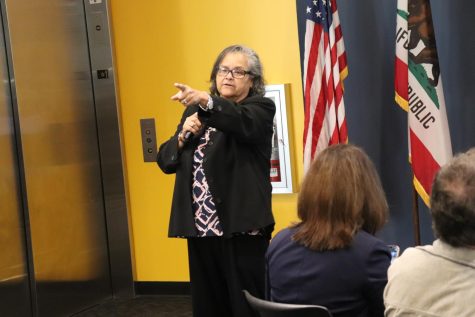
“The great thing about a place like this is how accessible it is,” Castillo said, “You can’t really go up to some of the major institutions in LA and just ask questions.”
Never wavering in their commitment to exposing new generations to the wonders of scientific thinking, Dikow strove to engage another cadre of kids.
“Every day we’re open and we see a group of kids come in here, that’s the best part,” the executive director said, “There are other accomplishments, we do big events and stuff like that.”
Dikow pointed out, “To see the consistency of young faces here and watch them light up, that’s the best part.”



